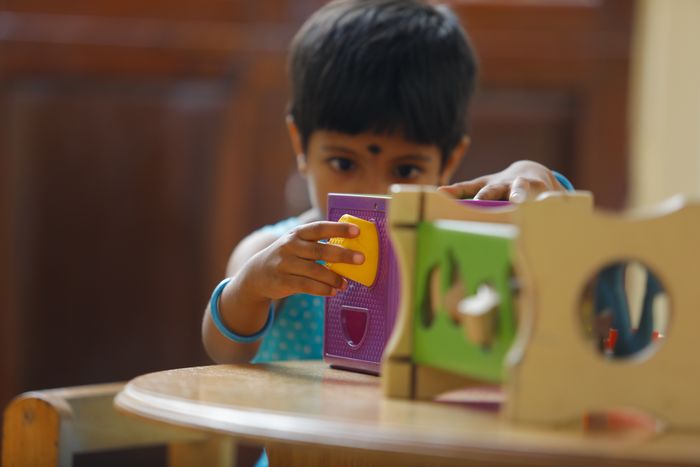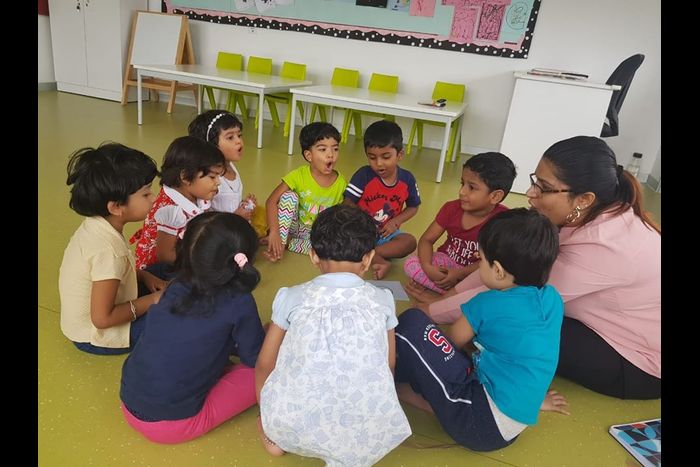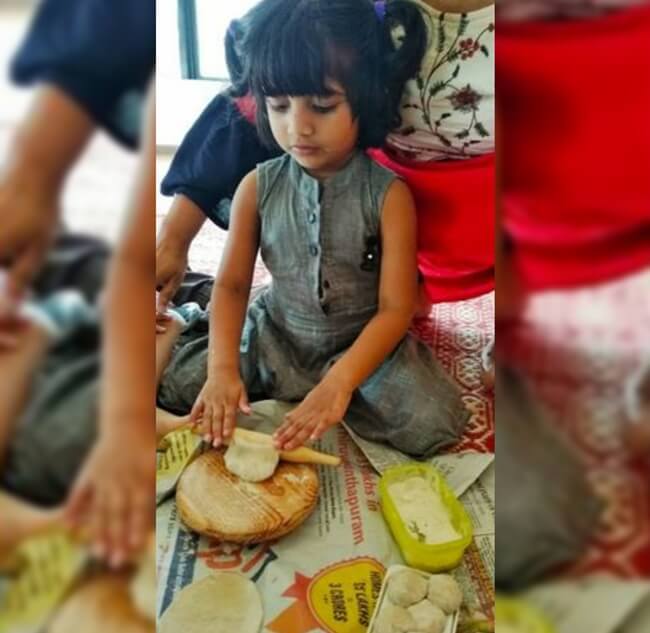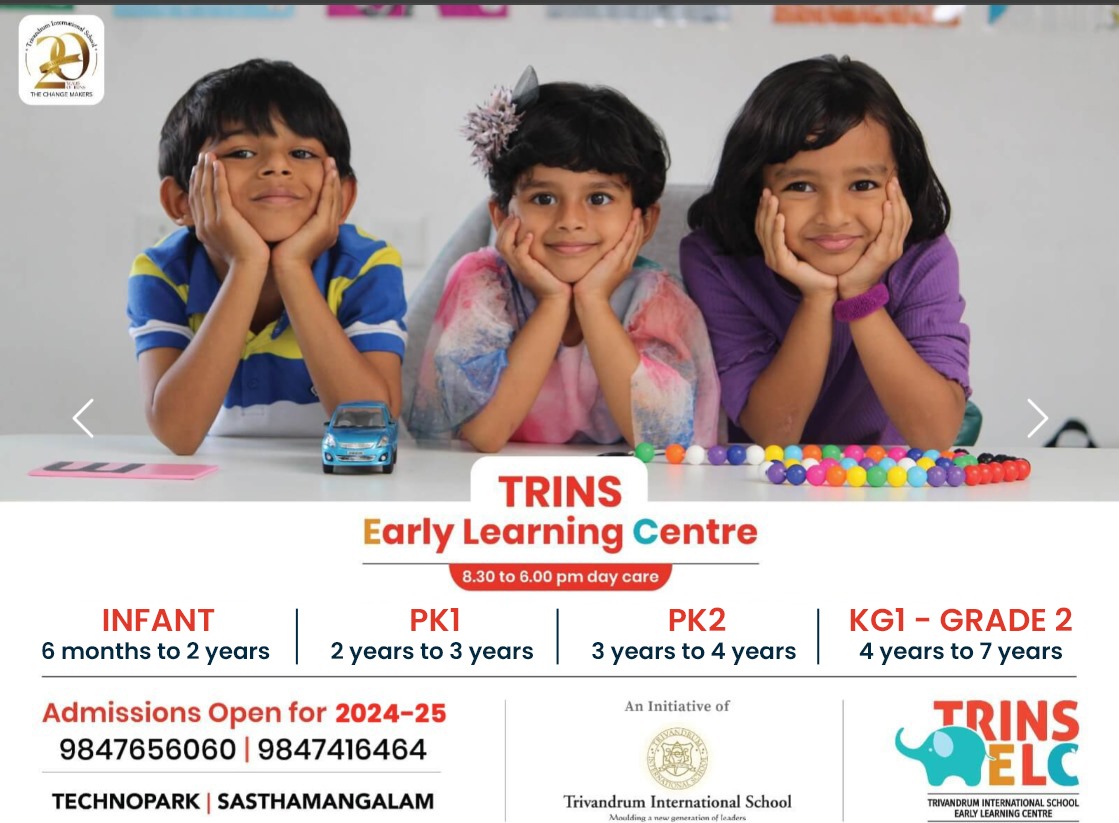


Helping Kindergarteners Develop Problem-Solving Skills
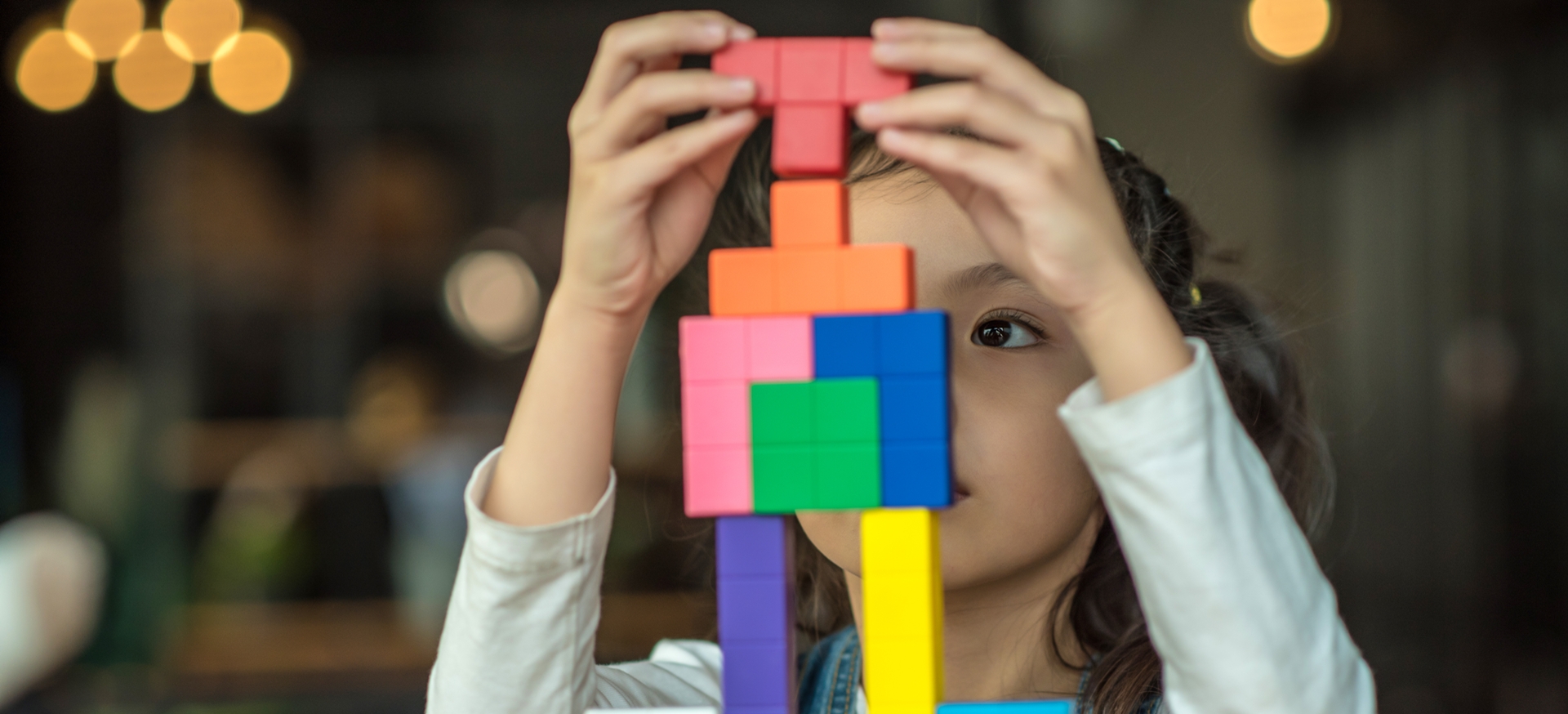
Problem-solving is one of the most essential life skills, and it begins to take shape in early childhood. For kindergarteners, learning how to solve problems builds a foundation for independence, confidence, critical thinking, and emotional resilience. Rather than offering quick solutions, educators and parents must focus on guiding young children to identify challenges, explore options, and arrive at decisions on their own.
Why Problem-Solving Skills Matter in Early Childhood
Problem-solving goes beyond academic achievement—it empowers children to manage emotions, work through social conflicts, and adapt to new situations. Whether it's figuring out how to share toys, finding a lost crayon, or deciding which block fits into a shape sorter, children constantly encounter situations that require thinking, evaluating, and choosing.
These experiences help wire the brain for higher-order thinking. Developing problem-solving skills in the kindergarten years enhances a child’s ability to reason, collaborate, and remain composed in stressful or unfamiliar circumstances.
Encouraging Independent Thinking Through Play
Play is the most natural and effective setting for young children to practice problem-solving. Games and activities that allow children to experiment, make mistakes, and try again help them understand cause and effect, trial and error, and logical reasoning.
For instance, puzzles encourage strategic thinking and perseverance. Building blocks or LEGO sets foster planning, spatial awareness, and creativity. Even pretend play—like running a “grocery store” or “fixing” a toy—requires children to make choices and resolve challenges, all while engaging their imagination.
Using Real-Life Situations as Learning Moments
Everyday scenarios provide organic opportunities to build problem-solving abilities. When a child spills juice, rather than cleaning it up for them, guide them to figure out what to do next. Ask, “What can we use to clean this?” or “What should we do first?”—these questions prompt thinking and decision-making.
At school, conflicts with peers—such as disagreements over turns or sharing—should be viewed as teachable moments. Teachers can model calm communication and ask open-ended questions like, “How do you think your friend feels?” or “What can we do so both of you are happy?”
Encouraging Open-Ended Questions and Dialogue
Adults play a critical role in developing a child’s problem-solving mindset. Rather than offering instructions, it is more impactful to ask open-ended questions that encourage exploration. Questions like “What do you think will happen if...?”, “Can we try another way?”, or “Why do you think that didn’t work?” nudge children to think critically without feeling pressured.
Allowing time for reflection is also important. Kindergarteners may need longer processing time, so avoid rushing them. Celebrate effort rather than just success—this promotes a growth mindset where children learn that mistakes are part of learning.
Role of Storytelling and Books
Storytelling can also be a powerful tool in teaching problem-solving. Stories often feature characters who face dilemmas and find creative solutions. After reading, engage children with questions like, “What would you have done?” or “How did the character solve the problem?”
Books such as The Very Hungry Caterpillar, Not a Box, or What Do You Do With a Problem? offer meaningful narratives that introduce challenges and solutions in age-appropriate ways.
Building Emotional Awareness Alongside Thinking
Emotions play a central role in problem-solving. If a child is too frustrated or overwhelmed, they may not be able to think clearly. Teaching emotional vocabulary—like “angry,” “confused,” or “excited”—and guiding breathing exercises or calming strategies can help regulate emotions and keep the problem-solving process constructive.
Simple activities such as using emotion cards, role-playing feelings, or discussing real-life moments when they felt “stuck” allow children to connect emotions with thought processes.
Helping kindergarteners develop problem-solving skills is not about finding the perfect answer, but about nurturing a mindset of curiosity, patience, and resilience. Through playful exploration, thoughtful guidance, and emotional support, children learn to navigate challenges with confidence. By laying this foundation early, we equip them with the tools they need not just for school, but for life.


